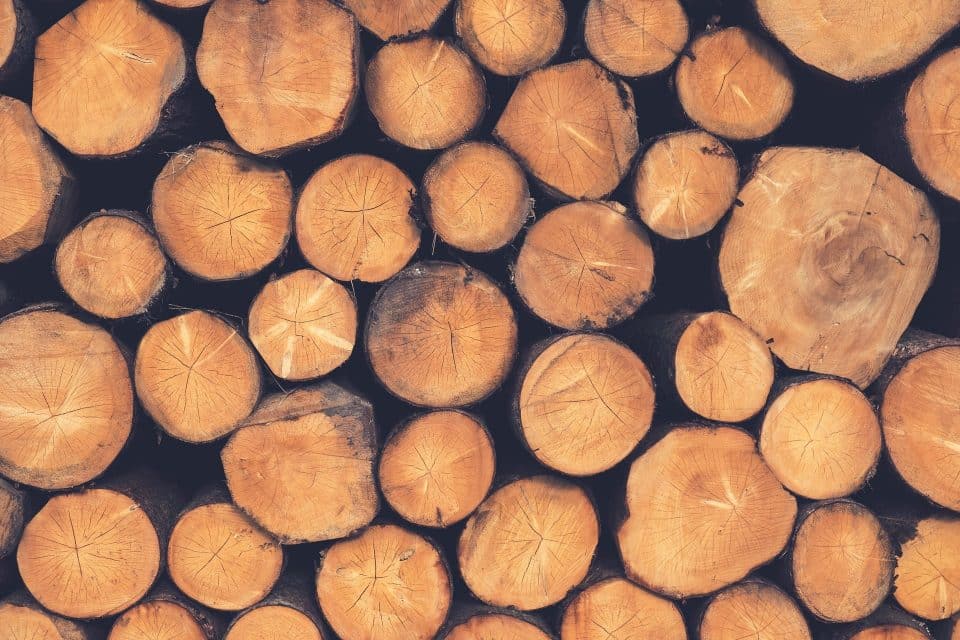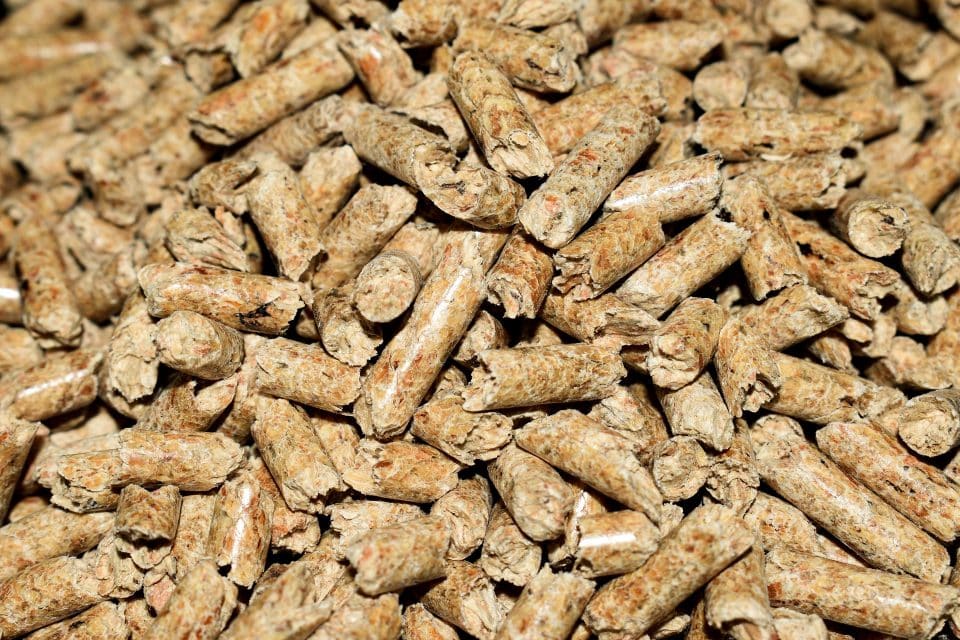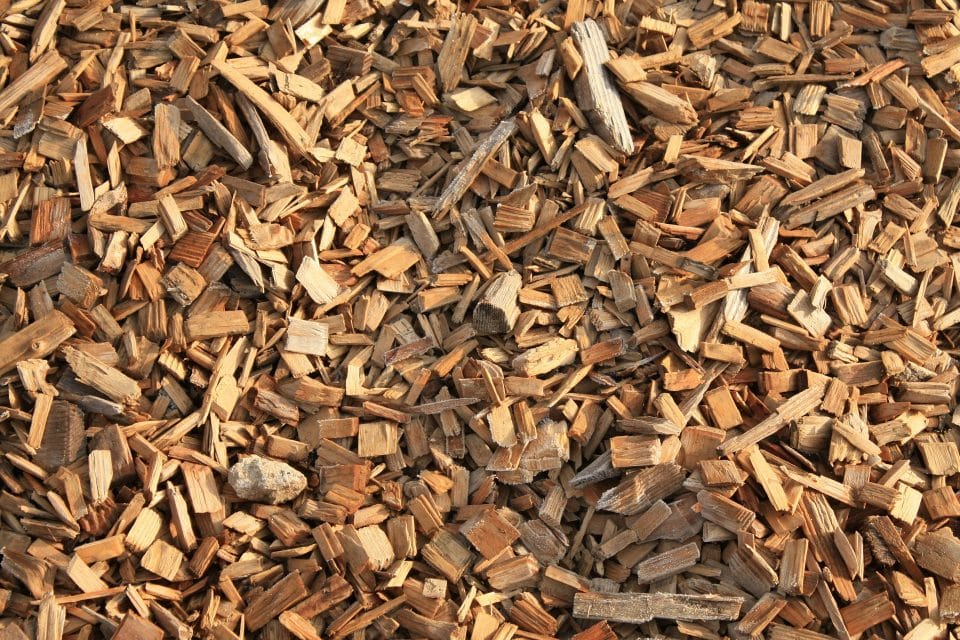There are essentially three different types of domestic and commercial biomass boilers...
Logs are typically fast grown locally sourced quick drying sustainable timber. However to ensure that your boiler is efficient it important to get the moisture content of the logs right; ideally logs will have a moisture content of less than 25 per cent or they simply do not output sufficient heat and will create smoke and tar within the boiler.

Wood Pellets are typically made from compressed sawdust, wood shavings, and other biomass products and are nearly perfectly uniform in shape and size. They have higher energy content and as such take up less storage space than logs and wood chips. Wood pellet biomass boiler systems are the smallest, neatest and most like a mainstream boiler and require the least input from the user.

Wood Chips are the least expensive and most abundant of the three materials for biomass boilers. They allow for more mechanisation than logs, but are not as efficient as wood pellets. It’s very important that they near to the same size to ensure that they work smoothly in an automated boiler feeder system.
Wood chips and wood pellets can be used in automated feeder systems using a hopper storage bin whereas logs must be manually fed into the boiler.

Hoppers
A hopper is simply a storage bin that feeds the boiler on demand. If you don’t have a hopper, you will have to load bags of pellet or wood chip manually into the boiler. How frequently you do this depends on the size of your biomass system.
The supply, storage and handling of your fuel type must be thought out carefully before you purchase a biomass boiler.
Maintenance of Biomass Boiler Systems
Whilst maintenance is minimal you will need to clean and remove the ash from your biomass boiler. The frequency that you remove ash is dependent on the burn rate which will differ in summer and winter but as guide will be once per month. Ash quantities are very low usually less than 1% of the fuel burnt.